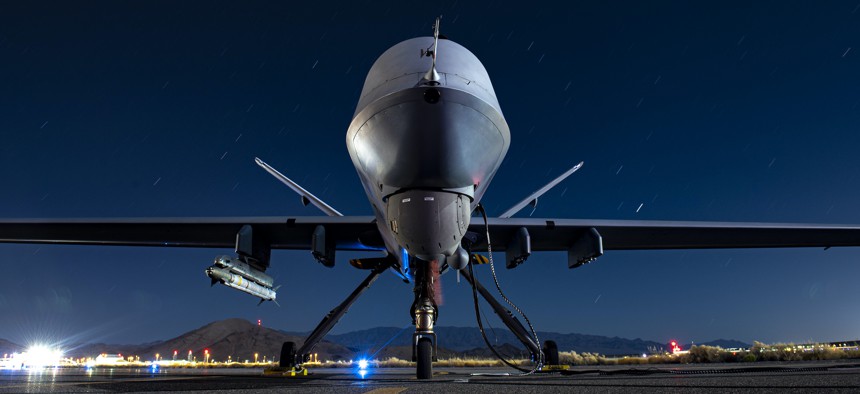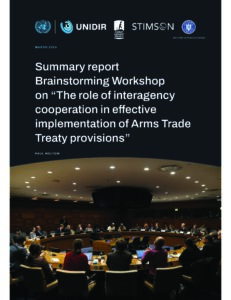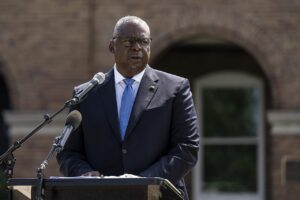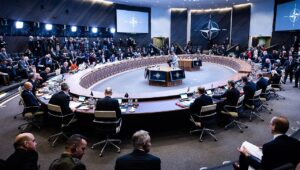As the withdrawal of U.S. troops from Afghanistan began last week, the Biden administration released a redacted version of former President Trump’s policy playbook that governed the use of lethal force against terrorism suspects, including via drone strikes. The new release renews public attention on a program that has been a cornerstone of America’s forever wars for nearly 20 years, and accentuates long-standing public concerns about the legacy of the post-9/11 security apparatus and the impact of U.S. lethal engagements.
The release comes nearly four years after the Trump administration revised the rules and relaxed the safeguards put in place by the Obama administration in 2013 to at least try to restrain U.S. use of force in counterterrorism operations. The release also confirms concerns about the normalization of once-exceptional guidelines for the use of lethal force outside war zones around the world.
Since 9/11, the United States has operated in an increasing number of theaters against a growing and shifting array of targets—many of whom have little to no formal association with the architects of the attacks. The results of both President Obama’s and President Trump’s policy guidance underscore the risks of this approach. While President Biden is reviewing these policies, there is a chance that he will simply modify, rather than impose meaningful constraints on, the decades-long program of conducting lethal airstrikes outside warzones largely in secret and without proper oversight or accountability. The Biden administration would do well to avoid that impulse.
Read the full article in Defense One.




